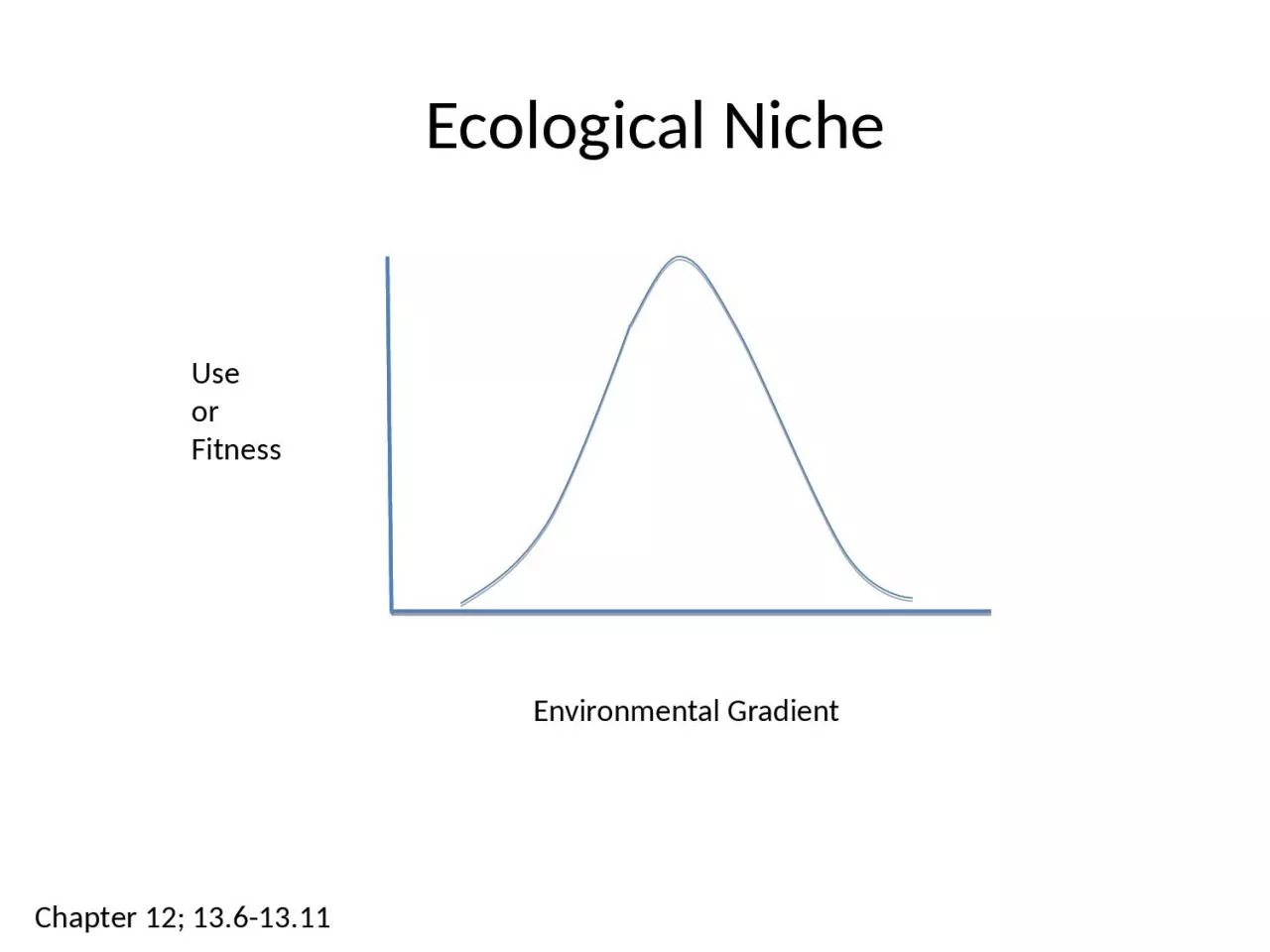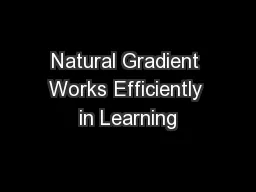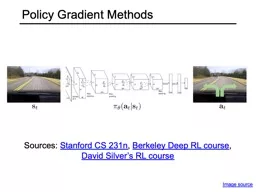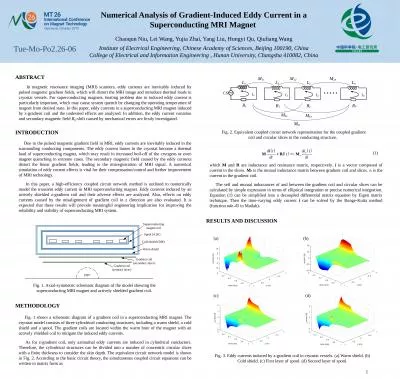PPT-Use o r Fitness Environmental Gradient
Author : lucinda | Published Date : 2023-09-23
Ecological Niche Chapter 12 1361311 Niches in 2 dimensionsa more complete d escription of a species role Chapter 126127 13101311 Niches in 2 and 3 dimensionsor
Presentation Embed Code
Download Presentation
Download Presentation The PPT/PDF document "Use o r Fitness Environmental Gradient" is the property of its rightful owner. Permission is granted to download and print the materials on this website for personal, non-commercial use only, and to display it on your personal computer provided you do not modify the materials and that you retain all copyright notices contained in the materials. By downloading content from our website, you accept the terms of this agreement.
Use o r Fitness Environmental Gradient: Transcript
Download Rules Of Document
"Use o r Fitness Environmental Gradient"The content belongs to its owner. You may download and print it for personal use, without modification, and keep all copyright notices. By downloading, you agree to these terms.
Related Documents














